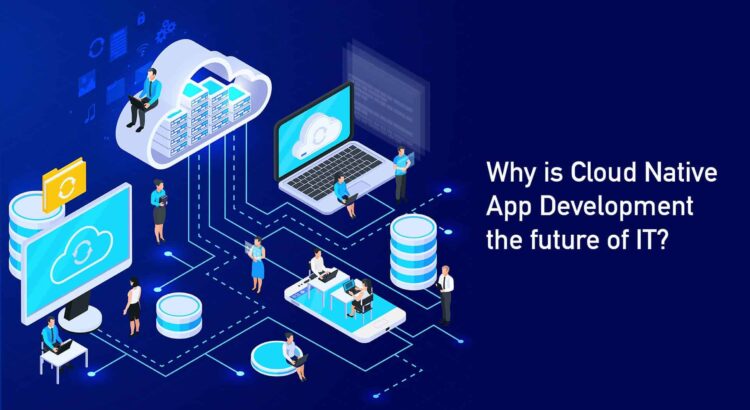E-commerce has revolutionized the way businesses operate and consumers shop. With the rapid advancement of technology, the industry continues to evolve, offering enhanced experiences, improved security, and seamless transactions. As businesses compete to provide the best customer experience, technology plays a crucial role in shaping the future of e-commerce. From artificial intelligence (AI) to blockchain, the integration of innovative solutions is transforming how businesses connect with customers and manage operations.
1. Artificial Intelligence and Machine Learning
Artificial intelligence (AI) and machine learning (ML) have become integral to e-commerce. AI-driven chatbots provide instant customer support, enhancing user experience and engagement. Machine learning algorithms analyze user behavior and preferences to offer personalized product recommendations, increasing conversion rates and customer satisfaction. AI also streamlines inventory management, optimizing stock levels based on demand forecasting.
2. Augmented Reality (AR) and Virtual Reality (VR)
One of the biggest challenges in online shopping is the inability to physically inspect products before purchase. Augmented reality (AR) and virtual reality (VR) are bridging this gap by allowing customers to visualize products in real-world settings. AR-powered apps enable users to try on clothes, test furniture placement in their homes, or preview cosmetics, significantly reducing return rates and enhancing customer confidence.
3. Voice Commerce and Smart Assistants
The rise of voice commerce, powered by smart assistants like Amazon Alexa, Google Assistant, and Apple Siri, has transformed the way consumers shop. Voice search enables hands-free browsing and purchasing, making shopping more accessible and convenient. With voice recognition technology improving, businesses must optimize their platforms for voice search to cater to this growing trend.
4. Blockchain and Secure Transactions
Security and transparency are critical concerns in e-commerce. Blockchain technology addresses these issues by providing a decentralized and tamper-proof transaction system. Smart contracts ensure secure and automated transactions, reducing fraud and enhancing trust between buyers and sellers. Cryptocurrencies, powered by blockchain, are also gaining traction as alternative payment methods, offering faster and more secure transactions.
5. Big Data and Predictive Analytics
Data is the backbone of e-commerce, and big data analytics allows businesses to gain valuable insights into consumer behavior. By analyzing purchase history, browsing patterns, and customer feedback, companies can optimize their marketing strategies, improve customer engagement, and drive sales. Predictive analytics helps businesses anticipate demand, adjust pricing strategies, and personalize marketing campaigns for better outcomes.
6. 5G and Faster Connectivity
The introduction of 5G technology is set to revolutionize e-commerce by enabling faster data transfer, reduced latency, and improved mobile shopping experiences. With 5G, websites load quicker, video content streams seamlessly, and real-time interactions with chatbots and customer service representatives become more efficient. This enhances the overall shopping experience and encourages more consumers to shop online.
7. Internet of Things (IoT) in E-Commerce
The Internet of Things (IoT) is playing a significant role in optimizing e-commerce operations. IoT-enabled devices track inventory in real-time, automate warehouse management, and ensure efficient logistics. Smart sensors help monitor supply chains, reducing delays and improving customer satisfaction. IoT-driven personalization also enhances user experiences by suggesting relevant products based on usage data.
8. Sustainability and Green Technologies
As consumers become more environmentally conscious, businesses are integrating green technologies into their e-commerce strategies. Sustainable packaging, carbon footprint tracking, and AI-powered supply chain optimization reduce environmental impact. Companies leveraging eco-friendly technology not only contribute to sustainability but also enhance their brand reputation and customer loyalty.
9. Social Commerce and Influencer Marketing
Social media platforms are evolving into powerful e-commerce channels. With integrated shopping features, consumers can purchase products directly through platforms like Instagram, Facebook, and TikTok. Influencer marketing continues to drive engagement, with brands leveraging social proof to boost conversions. AI-driven analytics help businesses identify the right influencers and track campaign effectiveness.
10. The Future of E-Commerce
The future of e-commerce is driven by continuous innovation and technological advancements. Businesses must stay ahead of trends by embracing AI, AR, blockchain, and other emerging technologies. Personalized experiences, enhanced security, and seamless transactions will define the next era of online shopping. Companies that leverage technology effectively will gain a competitive edge and meet the evolving demands of digital consumers.
At Razorse Software, we specialize in developing cutting-edge e-commerce solutions that harness the power of technology. From AI-driven recommendations to secure blockchain transactions, our innovative approach ensures businesses stay ahead in the digital landscape. Stay tuned for more insights on the latest trends in e-commerce!

